What diagnostic test is usually prescribed for headaches or an injury to the head area? Sometimes, when a person experiences some sort of impact to the head or head area, and they are exhibiting symptoms from such impact, a medical provider may recommend a Computed Tomography (CT) scan of the head and/or brain.
What is CT?
CT scans at Capitol Imaging Services use ionizing radiation to image the body in “slices” which are then reconstructed into images. The use of CT for pregnant women or women who are breast feeding should be reserved for special cases. It’s critical that women INFORM their medical provider and the Capitol Imaging Services technologist if pregnant or breast feeding.
Before a CT of the head, no special preparation is necessary. However, metal interferes with the images, so jewelry, earrings, hair clips, pins and anything else metallic will need to be removed from the region of the head. The procedure takes approximately ten minutes with only the head moving through the machine. Persons with claustrophobia typically do well with CT because the exam is fast and the machine itself is not too confining.
Holding still is important – as with all images, motion causes blurring.
How is CT usually done?
CT of the head/brain is often performed without the use of a contrast dye. For cases following trauma or in an evaluation for headache, a non-contrast examination is usually sufficient.
There are times when the contrast dye is necessary. This additional part of the study can be very helpful to evaluate the blood vessels in the head and for assessment of the brain tissues and its enhancement. The contrast material will be given via an IV and may cause a feeling of warmth. This feeling is quite temporary.
Images are then taken in the same manner as the initial non-contrast part of the exam. After your exam is completed, the images are studied by your radiologist for interpretation and reporting. The results are then sent with your referring medical provider to integrate the new information gained from your head CT with clinical symptoms for a specific diagnosis.
CT is a quick, simple procedure which can be invaluable in looking at your brain and surrounding tissues. It can be a very important part of a medical provider’s diagnostic pathway that works to get you on your way to being back to full health.


